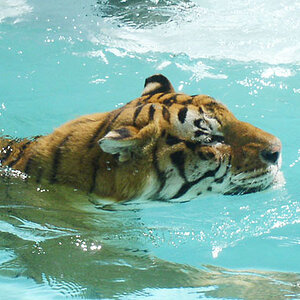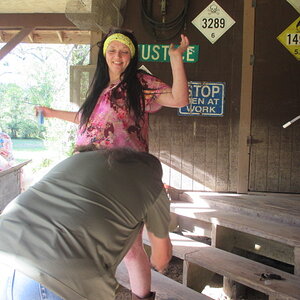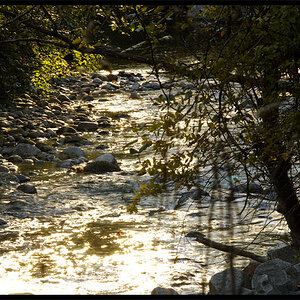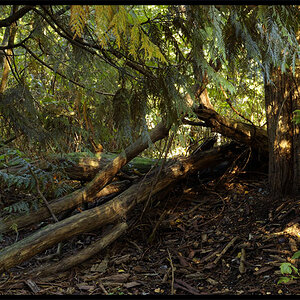f/otographer
TPF Noob!
- Joined
- Dec 23, 2015
- Messages
- 26
- Reaction score
- 10
- Website
- www.flickr.com
- Can others edit my Photos
- Photos NOT OK to edit
Cherylynne, I think the RX-100 is a great choice for someone who is looking to get into photography and wants a high quality compact. And you are correct, it is an excellent bridge from cell phone to more 'real' cameras. My only issue with it the lack of any type of View Finder. Composition will have to be done cell phone like with the camera held at arms length. This removes a critical component of more serious photography, as learning to hold the camera to your eye for better composition and stability is so very important. Maybe there is an EVF available for it? But this would just add to the cost so maybe looking for something with an EVF already built in might be better? Maybe something like the Fujifilm X20 or X30?


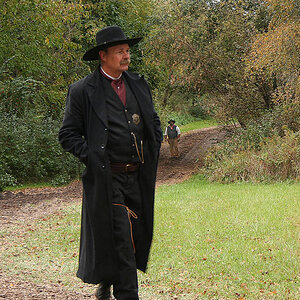
![[No title]](/data/xfmg/thumbnail/32/32710-b10dfc8ee698235cdc1e7572139173e8.jpg?1619735614)
![[No title]](/data/xfmg/thumbnail/34/34042-f37784c4a5db3d0cf34059cad22b288c.jpg?1619736251)
![[No title]](/data/xfmg/thumbnail/31/31751-fb2f68cca32f9eec468dbde7d649840f.jpg?1619734990)
![[No title]](/data/xfmg/thumbnail/33/33356-9cfc19255e84aab13c903f781a99cf9f.jpg?1619735920)
![[No title]](/data/xfmg/thumbnail/31/31748-63241c520f250328a5ec32959b8f53d0.jpg?1619734989)
![[No title]](/data/xfmg/thumbnail/31/31747-2e2e2bda16938a6a1d5fd6120c558293.jpg?1619734987)
